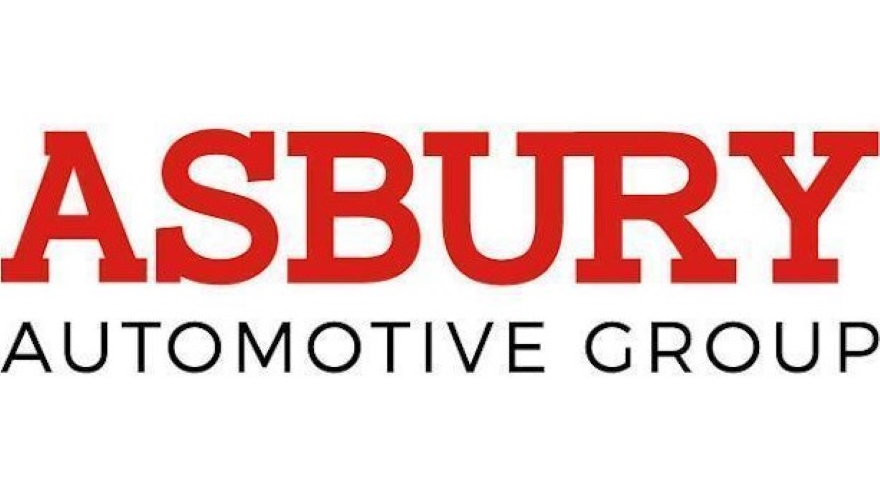Asbury turns its used-car focus to profit over volume

Image courtesy of Asbury Automotive Group.
When it comes to used vehicles, Asbury Automotive Group believes sales are great — but gross profit is better.
So, president and CEO David Hult wasn’t concerned when Asbury’s third-quarter financial results showed used-car unit sales down 6% on a same-store basis from the previous year. He was more focused on the quarter-over-quarter rise in gross margin.
“Last quarter I said we’re still assessing whether we’re going to chase volume or go back to gross profit,” Hult said during this week’s Q3 earnings call. “We decided to go back to gross profit and not chase volume.”
While used-car retail gross profit dropped 6% year-over-year to $56.1 million overall, gross per used vehicle retailed fell 19% to $1,501 and gross margin fell from 5.9% to 4.9% in that same span, those numbers actually held steady or improved compared to 2024 year-to-date levels.
“We were able to maintain margin, though not as much as we wanted,” Hult said. “But I think until the pool becomes normal again with the off-lease cars and everything coming – which is still a year away – I don’t think it makes sense for us to chase volume because we have expenses with every car we sell. And from our perspective, we would rather be more conservative on the unit sales and focus more on the gross profit.”
Regarding those expenses, Hult noted Asbury’s selling, general and administrative expenses as a percentage of gross profit decreased from Q2, “showing our efforts to take costs out of the business are gaining traction.”
Senior vice president of operations Dan Clara said the used-car operation plays a large part in those efforts.
“We make our highest margin on trade-ins and acquisitions from our local customers,” he said. “We’re really trying to stay away from auctions … because the one who wins that car is the one holding the hand at the end of the bidding process, and that usually brings you a very low margin.
“So, we have processes in place to increase and continue to work on capturing trades and acquiring inventory through the service department. We also have a loaner car pool we can utilize when those cars are available to come out, just trying to maximize our margin as we move forward.
“And when the availability of inventory comes back, then we will assess if it is the right time to get more aggressive on the volume side.”
The company said Q3 unit sales were held down by Hurricane Helene, which affected its dealerships in Florida and the Atlanta and Greenville, S.C., markets, but Hult noted that among Asbury’s dealership group peers, “only one [is] better than us so far, as far as being backwards in unit sales.”
Overall, Asbury reported year-over-year increases in revenues ($4.2 billion, up 16%) and gross profit ($718 million, up 7%), led by its parts and service operation, which generated a 13% YOY rise in revenue a 16% jump in gross profit.
“Against the backdrop of normalizing inventory levels, certain brand challenges and a hurricane, I am proud of the way our team members rose to the challenge, delivering sequential improvements in many of our key operating metrics,” Hult said. “We were also pleased with the progress in our parts and service operations, and in particular the strength we saw in customer pay – the largest and most profitable portion of this business. Our SG&A costs declined sequentially, and we executed against our strategic capital allocation framework, repurchasing nearly 400,000 shares in the quarter.”

 View The Latest Edition
View The Latest Edition

